We might be biased, but we believe Rauner Special Collections Library is a must-see, whether you are visiting Hanover or live in the area. Home to Dartmouth’s rare books collection, manuscripts, and archives, the library is a treasure trove of historical gems.
Rauner gives unparalleled access to its collections, and is considered one of the most open and inviting special collections in the country. Students and visitors work directly with the collections for research and just to satisfy their curiosity. The library allows you to touch, flip through, and feel—yes, feel—items in its collection. You won’t be given any white gloves to wear when handling the artifacts, either. Why not? Gloves tend to tune down the dexterity of your hands and increase your chances of ripping the pages. Without the actual feel of the paper beneath your fingers, you’re less aware of the tension you’re putting on them.
Appointments to visit the collections are not needed. (During the term, hours are Monday through Friday from 8: a.m. to 6 p.m., and Saturdays, 9 a.m. to 1 p.m.) An ID, the item’s call number, and a simple form are all that separates you from interacting with history.
In case you need a bit more convincing, we’ve pulled together a quick list of some of the extraordinary things you can find at Rauner.

The Book of Mormon
This first edition of the book of Mormon is one of Rauner’s most requested items. Joseph Smith, who is said to have translated the original text and was the founder of the Church of Jesus Christ of Latter-day Saints, was born in nearby South Royalton, Vt. Visitors to his birthplace number in the thousands every year, and many stop by the library to peruse the book’s pages.

David Copperfield
“Of all my books, I like this one best,” wrote Charles Dickens about his eighth novel, which was published in monthly installments from 1849 to 1850. Rauner’s edition has the original version with all the correct front and back covers, advertisements, and slips—essentially a perfect set.

The English Bible—The Dove Press
Typography enthusiasts will appreciate the attention to detail and testament to modern printing in this edition, which has no illustrations but is set in beautiful type.
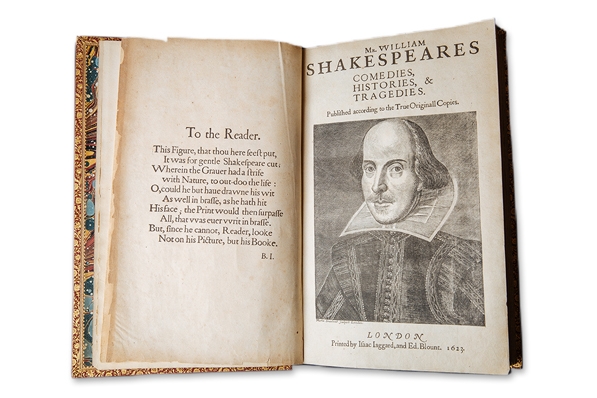
William Shakespeare’s First Folio
Earlier this year, the Folger Shakespeare Library sent its First Folios across the country on a tour commemorating the 400th anniversary of Shakespeare’s death. Luckily, one of the 235 copies in existence calls Rauner home, and we didn’t have to travel far to see it (or flip through its pages). Printed seven years after Shakespeare’s death, the First Folio is a compilation of his most famous works and the first time many appeared in print.
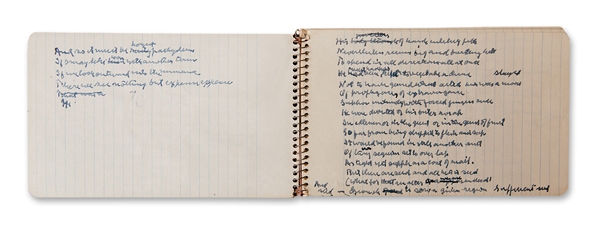
The Robert Frost Papers
Rauner boasts one of the largest and most important collections of Robert Frost’s correspondences and manuscript notes. It offers another opportunity to hold and flip through pages belonging to the literary genius, near and dear to Dartmouth’s heart.

Collection of George Washington’s Papers
A trip to Rauner is all that stands between you and holding papers written and signed by the first president of the United States. You’ll find personal journal entries, wartime letters, and even a 1789 letter to the Dartmouth College Board of Trustees from the original commander-in-chief.
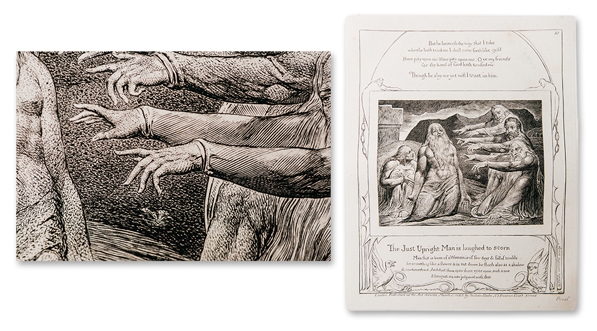
Illustrations of the Book of Job, by William Blake
Created “in twenty-one plates, invented and engraved by William Blake,” the proofs illustrate the story of Job in intricate detail. The work is widely considered to be Blake’s last great work.
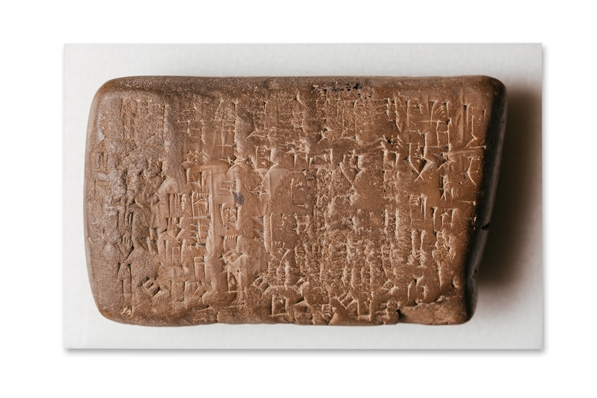
Clay Tablets From Babylonia
Can you imagine saving receipts when they looked like this? Dating back to about 2350 B.C., these tablets were used as the era’s record system. Sesame oil is at the top of the list on one tablet; another tablet is a receipt for four sheep and two lambs delivered on the 10th of the month. Although their contents are everyday purchases, these tablets are a rare step back in history.
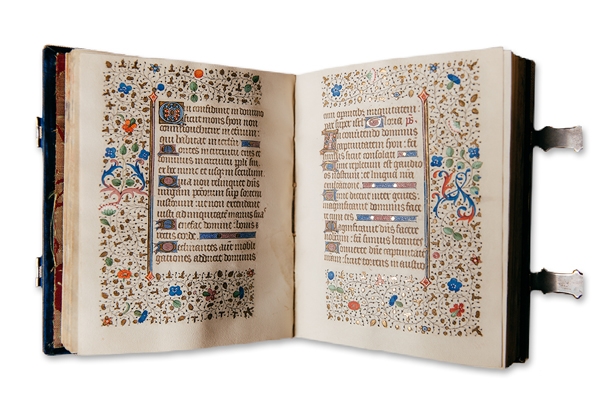
Livre d’Heures
The book of hours was a devotional best seller in the Middle Ages. Seen as more than just a prayer book, these books became a symbol of literacy. Bound in blue velvet and closed with silver clasps, Rauner’s edition is an example of the elegant detail and artistry of the era.
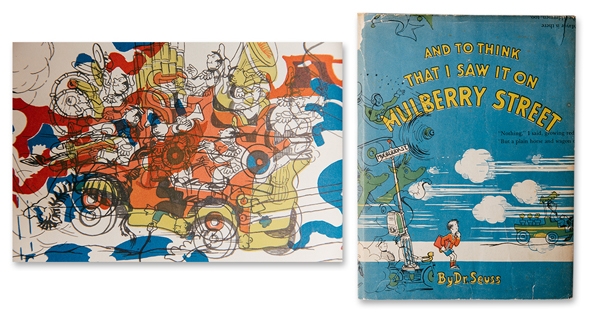
Works of Dr. Seuss
Theodor “Seuss” Geisel, Class of 1925, is a favorite son of Dartmouth, and it’s no surprise that Rauner is home to a large sample of his work, including a copy of And to Think That I Saw It on Mulberry Street, misprints, and two shelves of manuscript materials concentrating on his work as an advertising artist.
More to Explore
This list is just a glimpse at the collections. Swing by the library soon to explore and to experience history in new ways. And for more behind-the-scenes about Rauner, follow its blog and Instagram.

